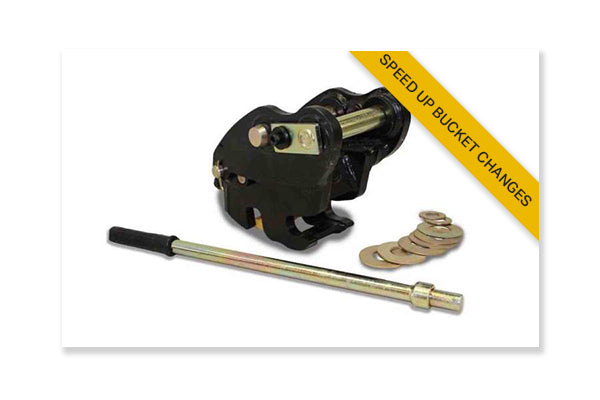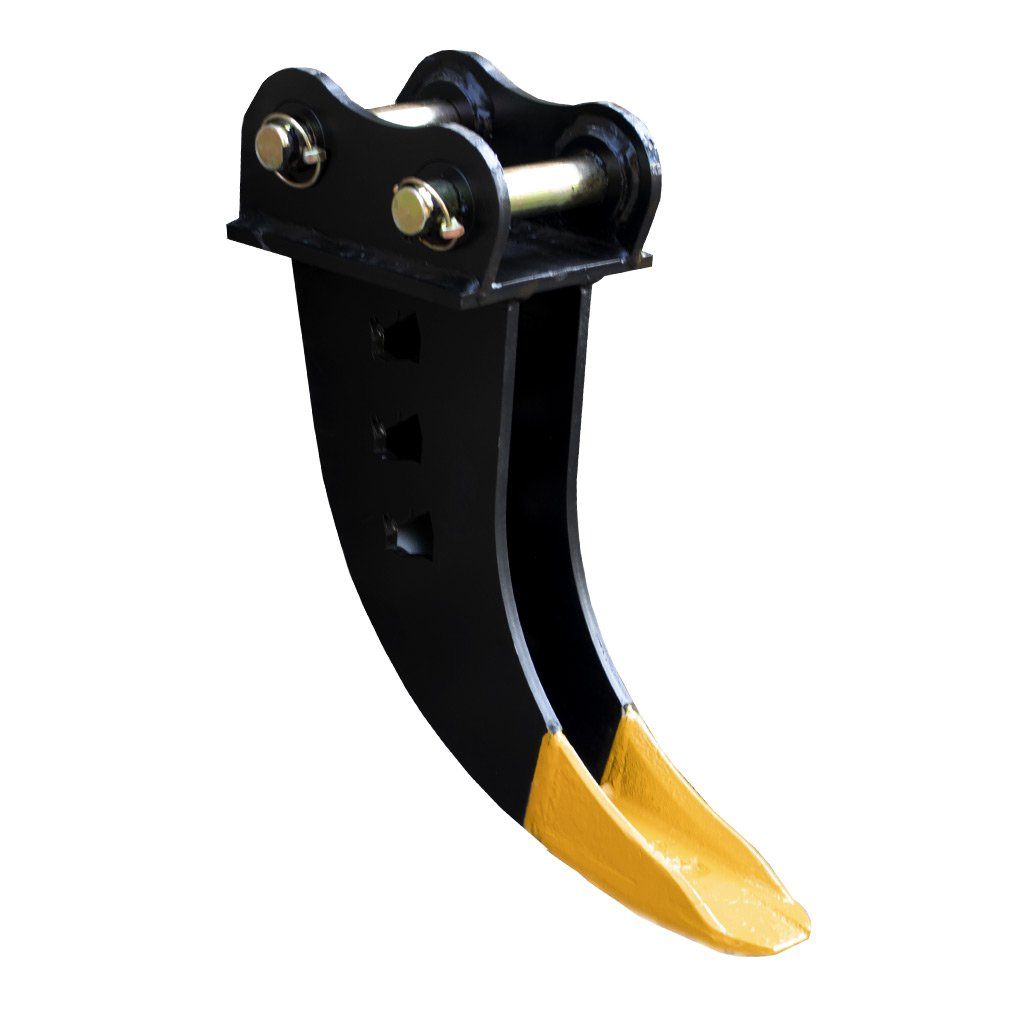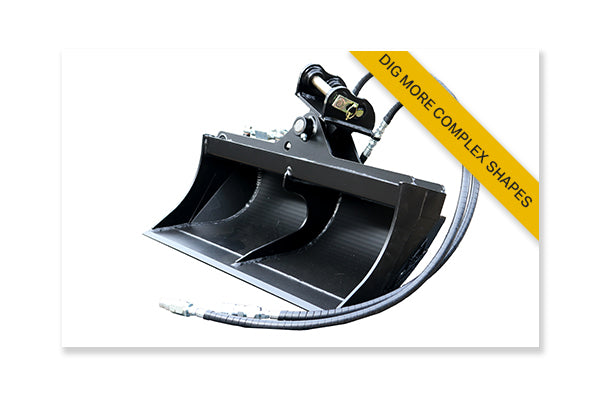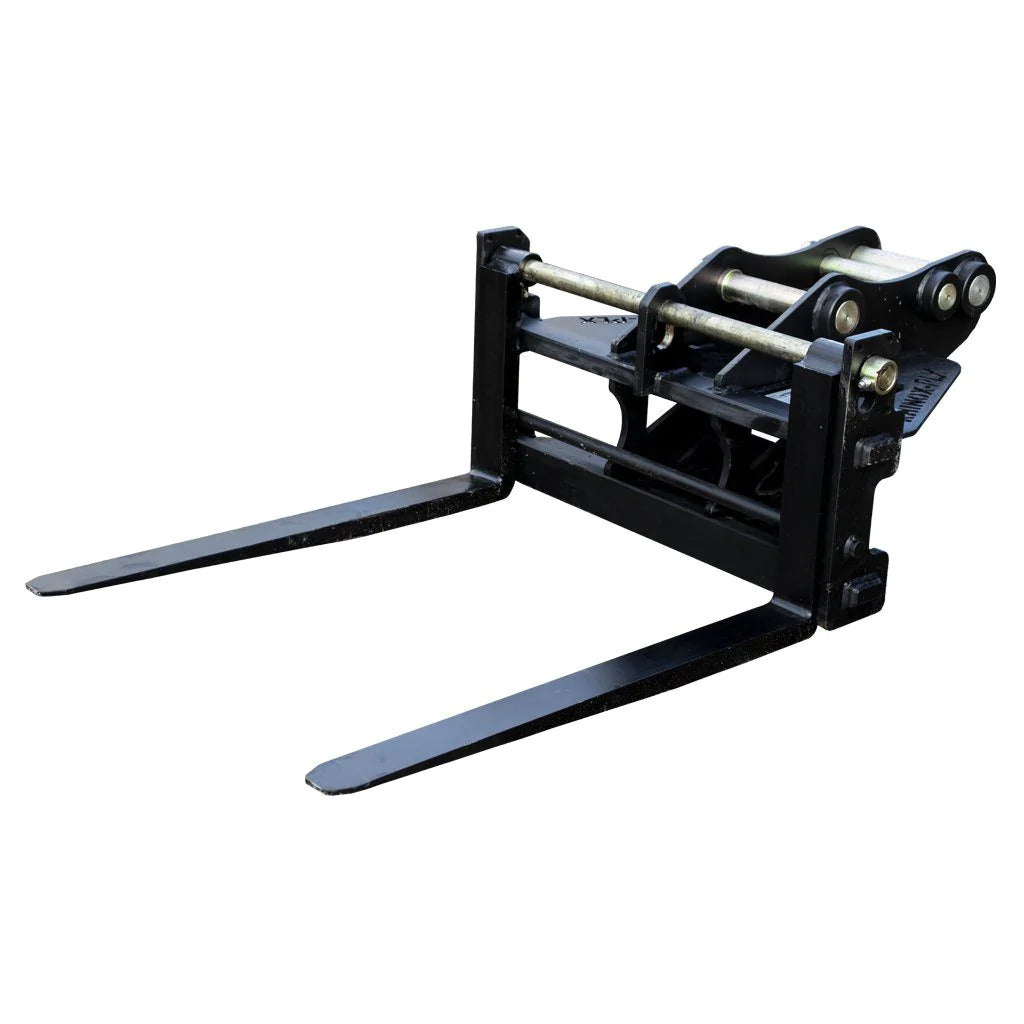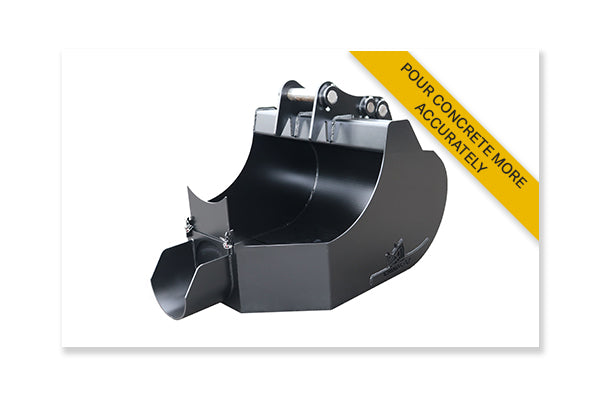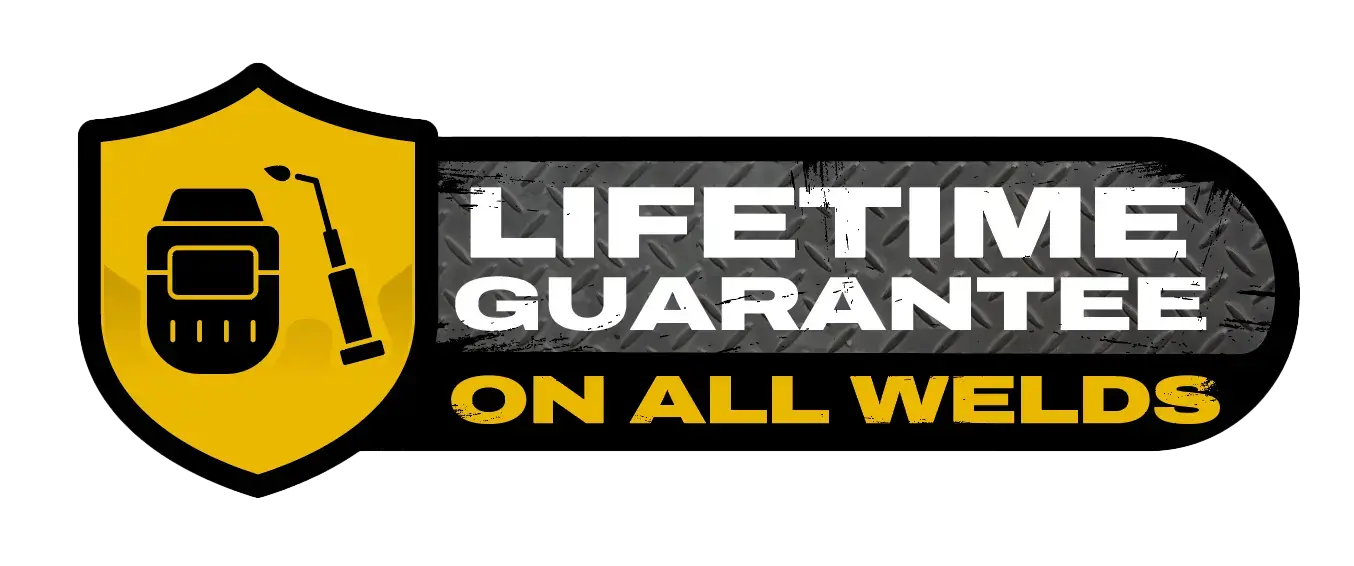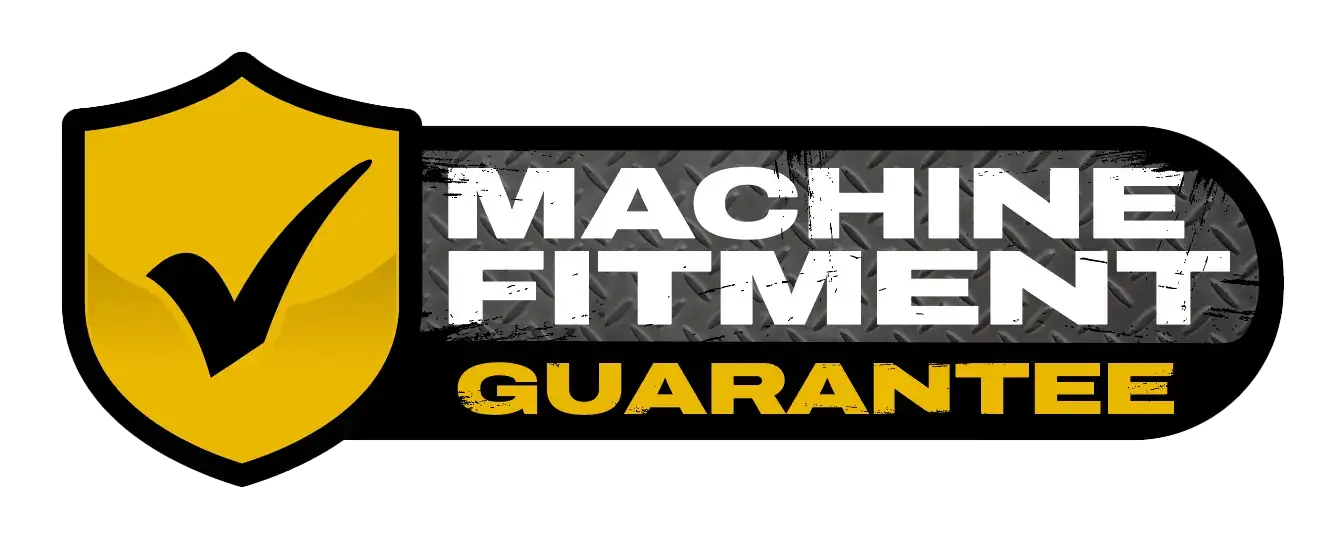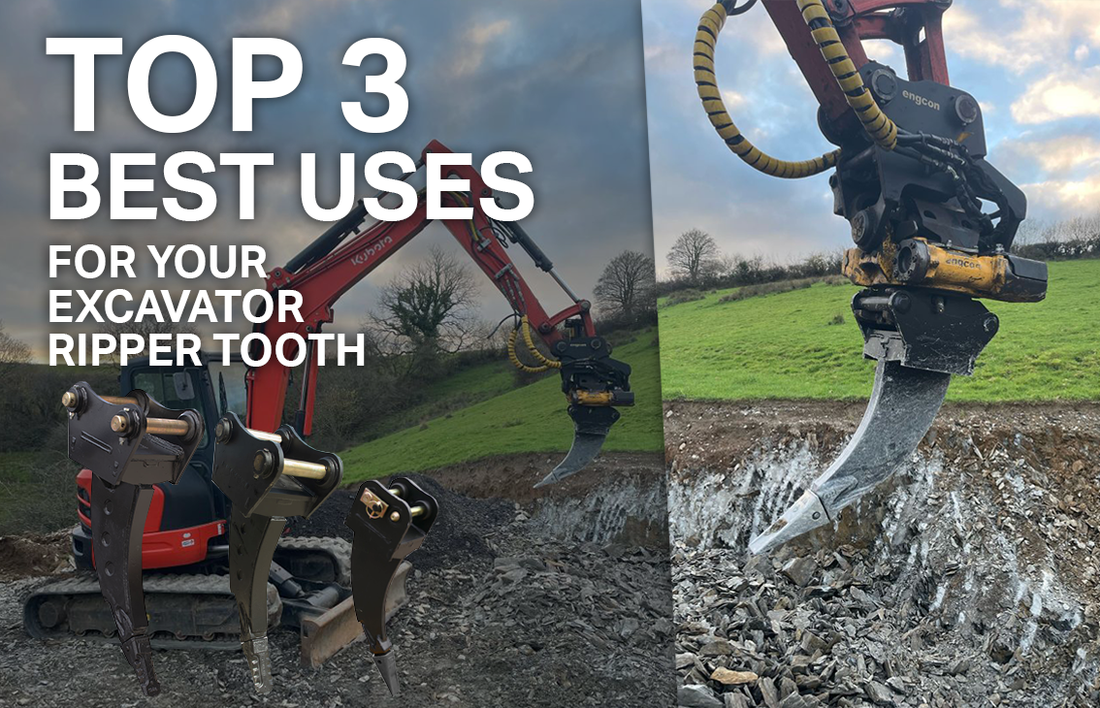
3 Best Uses for your Excavator Ripper Tooth
The ripper tooth attachment for your digger is designed to tear through tough terrain, making your digging projects easier and more efficient, while protecting your digging buckets from excessive force. Join us as we dive into the world of excavator ripper teeth, exploring what they are, the machines they're compatible with and the top 3 best uses that make them a crucial tool for your projects.
What is an excavator ripper tooth?
A ripper tooth for an excavator is a specialised, shank-style attachment usually used in construction and excavation projects. Also known as a ripper hook, frost ripper and ground hook, the ripper tooth is designed to break up hard ground, before using your standard digging bucket to remove the material. This digger attachment is designed to use the power of the machine to break up the ground through one narrow endpoint, protecting your digging and grading buckets from potential damage through over stressing the bucket welds.
Best Use 1: Breaking up solid or frozen ground
As mentioned above, one of the best and most common uses for the excavator ripper tooth is to break up solid or frozen ground. The ripper is most commonly used in quarries and construction projects to break up materials, like type 1 aggregate, before removal. The narrow serrated tooth on the end of the ripper is extremely efficient at tearing through compact dirt and rocks, where your digging bucket would struggle to penetrate. Pushing all the power of your machine through the smaller ripper tip concentrates the force exerted into the ground, in comparison to the power being distributed across multiple teeth on your standard digging bucket.
Imagine standing on grass in stiletto heels versus in trainers. Because all of the weight is pushed through the small end point, the stiletto heel will sink into the ground. Whereas, you can easily walk across the same grass in sneakers because the pressure is evenly distributed across a wider surface. This is the same concept for ripper teeth when penetrating materials. This therefore makes the ripper tooth for your digger an incredibly quick and efficient way to penetrate compact ground and break it into smaller pieces, ready to be removed with your digging or grading bucket.

Best Use 2: Removing tree stumps
As well as breaking up compact ground, the excavator ripper tooth is also extremely effective at helping to remove tree stumps and other similar items, like old water pipes, from the ground. The hardened tooth helps break up the hard material around the object, with the curved shank adding power by acting as a leaver to wedge under the object to dislodge it from the ground.
When removing tree stumps, the size of your excavator and ripper tooth you need will be determined by multiple factors. These include the size of the tree stump, the depth of the roots, the conditions of the ground material and the amount of space surrounding your working area. The bigger the stump and working area, the bigger the excavator and ripper attachment you will need. Before using your ripper to tear out the tree stump, you will have to dig a trench around the circumference of the stump so the roots can be accessed and removed. When the roots are exposed, you will then be able to use your ripper tooth to rip, lever and dislodge the roots and stump from the ground.
Best Use 3: Tearing up patios and concrete slabs

We regularly see customers using their digging and grading buckets to tear up or remove patio pavers and concrete slabs. Although this may seem effective it can be extremely damaging to the structural integrity of your bucket. The immense power and force required to dislodge these objects can cause the bucket welds to break, alongside snapping the bucket teeth and bending the lip plate. This is where the excavator ripper tooth comes into its own.
As previously mentioned, the ripper tooth attachment is designed with extreme force in mind. The thick steel shank and hardened tip are designed to withstand the level of force required for these removal jobs. The curved shank is also ideal for levering of material. The serrated tip of the ripper can be positioned under the edge of the patio paver or concrete slab you're trying to remove, using the power of the machine and the force exerted through the tip to lever items away from the base. Although these attachments are manufactured with a hardened tip, these jobs can be extremely wearing so replacing the tip once the serration has worn away will ensure you remain as efficient as possible during your projects.
What excavators can I attach a ripper to?
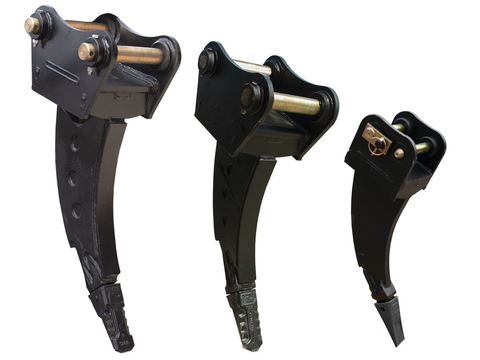
The excavator ripper is a widely manufactured attachment and frequently used across a whole range of machine brands, including Bobcat, Kubota, Takeuchi, CAT and JCB. Here at Rhinox, we manufacture the ripper tooth attachment for excavators from 0.75 tons up to 25 tons. Our ripper teeth are available to purchase online today for delivery in next working day delivery (if your items are in-stock). The Rhinox ripper tooth can also be manufactured with headstocks to suit dedicated hitches, such as the Martin Hitch and Harford Safelock Hitch. Rhinox ripper teeth with dedicated headstocks will likely be on a 5-10 working day manufacturing time as these are not usually stocked products.
If you want to know more about the Rhinox excavator ripper tooth or want to place an order over the phone, do not hesitate to get in contact with our friendly team and we'll be happy to help. For more information about the ripper tooth attachment, check out some more of our content below:
More Information about Excavator Ripper Teeth:
 |
 |
 |

